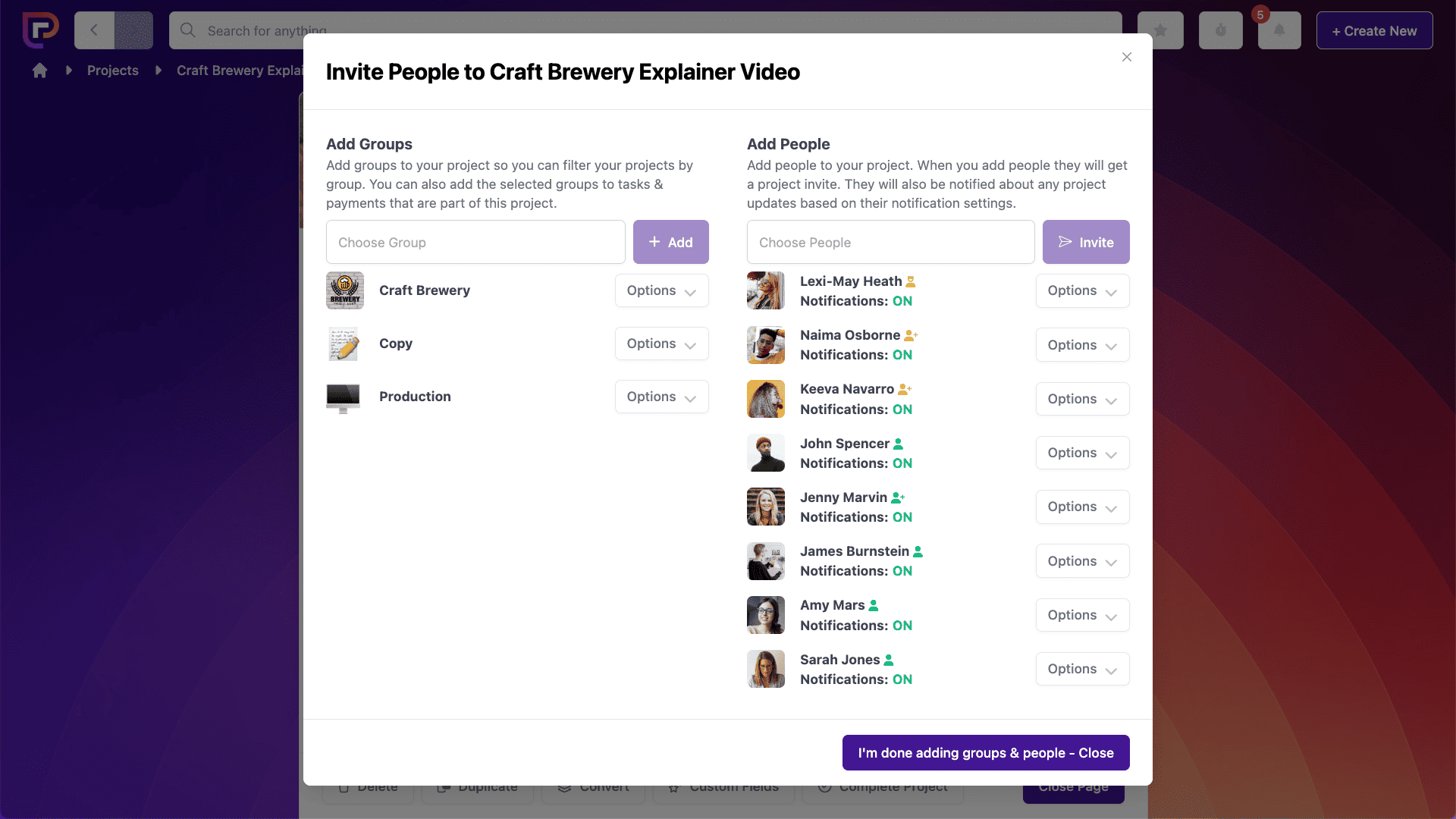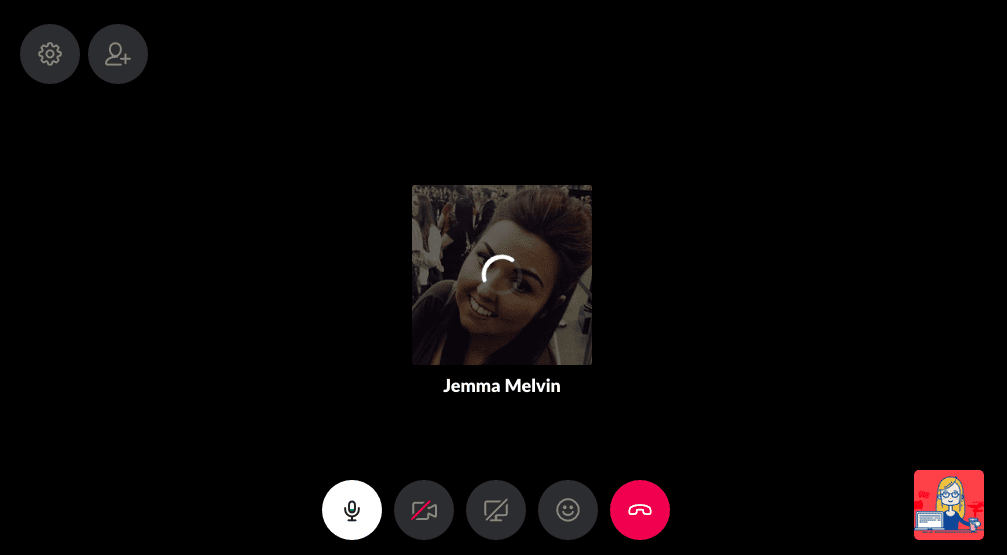Last updated on 14th June 2024
Did you know that happy employees positively impact the success of the businesses they work for?
The real question is:
What makes employees happy?
Well, one thing that makes everyone happier is effective communication.
In this article, we’re going to deep dive into some ACTIONABLE communication strategies that you can implement today, to make your teams happier.
Why effective communication is SO important
Reduced employee turnover aside, there are many other reasons that effective communication is so important in the workplace.
For one, it increases employee satisfaction and this is important for creating a welcoming and all-inclusive culture within your business.
Secondly, employees that communicate with each other effectively also work together more effectively. When people are on the same wavelength and feel comfortable sharing feedback, projects can be completed not only faster, but also to a higher standard.
This leads to the third reason why effective communication is so important – customer satisfaction.
In today’s 24/7 society, speedy and effective communication isn’t thought of as a nice-to-have, it’s expected.
Two-thirds of people now expect a response to emails within just one hour, and for social media this timeframe is even shorter at just 30 minutes.
4 ACTIONABLE communication strategies for happier teams
1. Build a toolkit
If one person on your team only uses emails, and another prefers Slack, and another would rather discuss things over the phone, it’s going to be really difficult to get those people to communicate effectively.
To combat this, it’s important to build a toolkit of communication platforms that are used company-wide.
Here are 3 tools that we think would form an impressive toolkit for your teams:
Project.co – for project-specific communication
Project.co has been the project communication tool of choice for our sister company Wyzowl for over ten years now. We’ve used it to successfully manage over 4,000 projects and the features of the tool have really helped us to perfect both communication with each other and clients.
Project.co is a client-facing tool so all messages to and from clients can be kept in one secure place – each on their own individual projects.
Multiple team members can be added to each project and can choose whether or not to receive email notifications.

Teams can also use Project.co to update any relevant notes on each client and to allocate and manage project tasks.
If you want to give it a whirl, check out our free templates.
Slack – for internal communication
Slack is an instant messaging tool currently relied on by many organisations, with an impressive 38.8 million daily active users – and it’s set to hit 47.2 million in 2025. It’s great as an alternative to email, or as an addition.
Because of its instant nature, Slack is perfect for quick questions that don’t really warrant an email, and, on the flip side, it’s also great for more pressing matters that require an urgent response.
Users can download Slack to their desktop or smartphone and leave it open in the background. Whenever a team member receives a message they’ll be notified with a little jingle and a red number icon:

There is also a call functionality if your teams need to have a quick chat:

Slack is practically a must-have for remote teams as it’s almost as good as being in the room together! And it works equally as well for in-house teams.
Google Meet – for conference calls
Google Meet is a video conferencing tool that’s great for organising meetings with multiple team members, and even with clients.
It’s really easy to host a meeting. All you need to do is click New Meeting, select whether you want the meeting to start now or later and you’ll be given a unique link, dial in code, and PIN to share will all participants.

There are many video conferencing tools out there, but Google Meet is one of the most reliable, and it’s free!
2. Stick to your brand values
Brand values are what shape the identity of your brand. They let customers know exactly what you’re all about. And, when introduced correctly, they can also shape the internal culture of your brand.
When your team believes in your brand values, amazing things can happen.
This is perhaps most evident when looking at a brand like Build-A-Bear. On paper, Build-A-Bear is just another toy shop. But in reality, they’ve used their brand values to elevate them beyond that and really stand out in their market.
The Build-A-Bear brand values are:
2. Learn
3. Di-bear-sity
4. Colla-bear-ate
5. Give
6. Cele-bear-ate
And they embody these in everything that they do. They ‘Reach’ by giving their employees amazing benefits; they ‘Give’ by working with charities like the Make-A-Wish foundation, and they ‘Cele-bear-ate’ by making customers feel special with their Birthday Bear.
Anyone can create an amazing set of brand values. You just need to think about what’s important to you.
After creating your brand values, make sure that you introduce all new starters to them straight away. This will set your expectations for the company culture and how your teams communicate with one another.
3. Transparency and fair input
Everyone appreciates honesty.
Be it good news or bad news, if you can be transparent with your staff it creates an environment where people feel valued, trusted, and safe.
A good way to do this is through regular open meetings where you can update your staff on what’s happening within the business and give them a chance to input.
After all, communication isn’t a one way street. If you are honest and open with your staff, then let them know that they can be honest and open with you.
Building a culture that values honesty and fair input can have a phenomenal effect on communication because it means people will start to feel as though their opinions are taken on board. They’ll feel confident enough to share their thoughts and input towards the success of the business.
In addition to open meetings, you could also encourage your teams to make collective decisions.
Using a tool like DoodlePoll, you can ask your team members a question and give them various options to vote on. The item with the most votes wins.

This doesn’t have to extend to important business decisions, even just asking ‘when is the best day to hold a party?’ is better than setting a date and telling everyone to show up.
4. Encourage Friendship
Let’s step back from ‘work’ for a moment and just think about communication in general terms.
Communication, at its core, is all about human connection. It’s not just a transaction of information, it helps people to form bonds and relationships.
If people can forge these meaningful bonds in the workplace then they’re bound to be happier.
So, communication – ALL communication – should be encouraged. Not just the passing of information:
“This client needs that…”
“This project is due then…”
But real conversations – even those that seem meaningless:
“What did you do at the weekend?”
“Did you have a nice birthday?”
Chit-chat like this will help your teams to become friends as well as employees. When people work with friends they have more empathy for one another, and this could result in improved business performance.
So, how can you encourage your employees to become friends?
If you have an in-house team then you could try out ‘hot desking’. This is the use of non-allocated workstations – encouraging employees to move around and sit next to different people.
This can be particularly useful if you have cross-functional teams that could benefit from learning more about one another.
If your team is remote, then having morning ‘check-in’ meetings could be a great way to forge stronger connections. This could be a simple 10-15 minute conference call that gives people a chance to talk to others about their day, the projects they’re working on, and so on.
Regardless of whether your teams work remotely or under one roof, regular events are an amazing way to bring everyone together!
Here’s some of our team at one of our recent trips to a GoApe adventure park:

Final thoughts
When teams communicate effectively, they are happier. And when teams are happier there is a lot of evidence to suggest that customers are more satisfied too – which, in turn, is great for your business!
Clear communication is one of the most vital components for project success, and at Project.co – we get that.
Our platform brings everything – payments, tasks, notes, clients, teams, files – together, so that everyone can be on the same page at all times. Get your account today.


